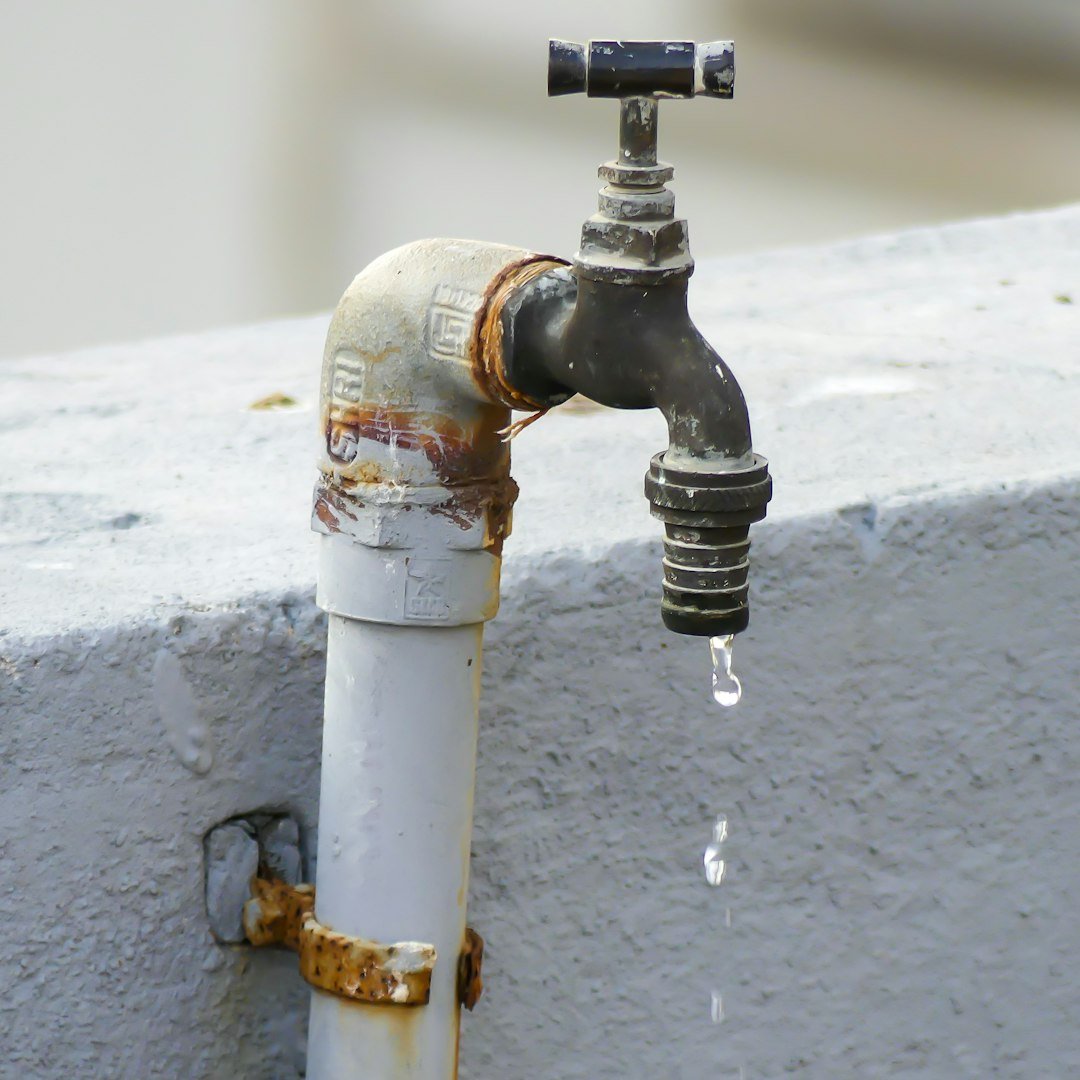Iran faces one of its most challenging water crises in recent memory. The capital city of Tehran, home to millions, now stands at the center of a potentially catastrophic situation that could reshape the country’s urban landscape forever.
Tehran Confronts a Deepening Water Crisis
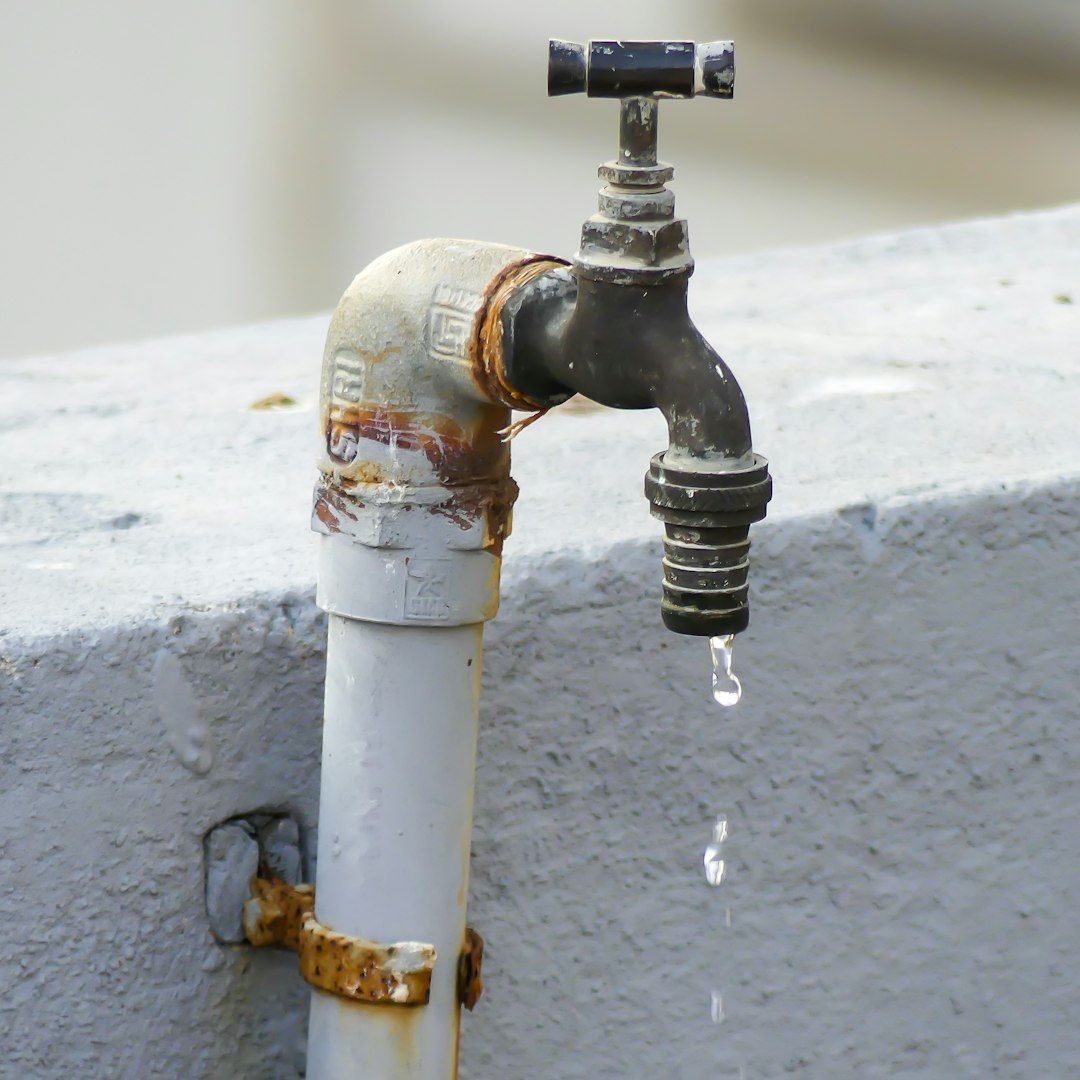
Iran – and especially its capital, Tehran – is now firmly locked in a severe autumn drought. Rainfall has dropped to unprecedented lows, reservoirs are quickly draining, and authorities are pressing residents to cut back on water consumption. President Masoud Pezeshkian has warned that if the situation does not improve soon, the government may be forced to introduce strict water rationing in Tehran – and, in the most extreme case, even look at relocating parts of the population.
Evacuation Talk Fuels Public Backlash
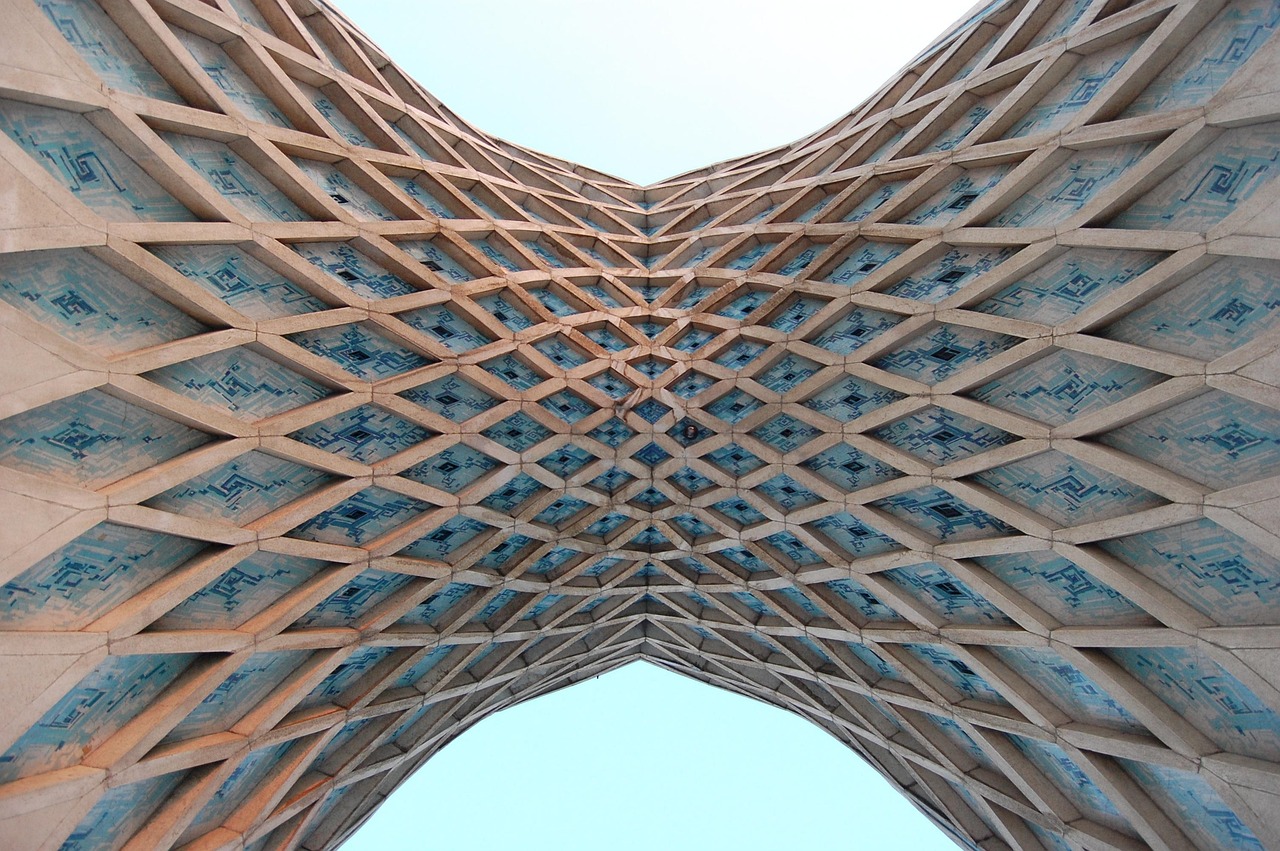
The president’s reference to a possible evacuation has sparked strong reactions across Iran. Former Tehran mayor Gholamhossein Karbaschi mocked the idea as “a joke,” saying that “evacuating Tehran makes no sense at all.” Even so, meteorologists say no significant rain is expected in the coming 10 days, adding to growing concern over the capital’s already fragile water supply.
Everyday Life Upended as Reservoirs Recede
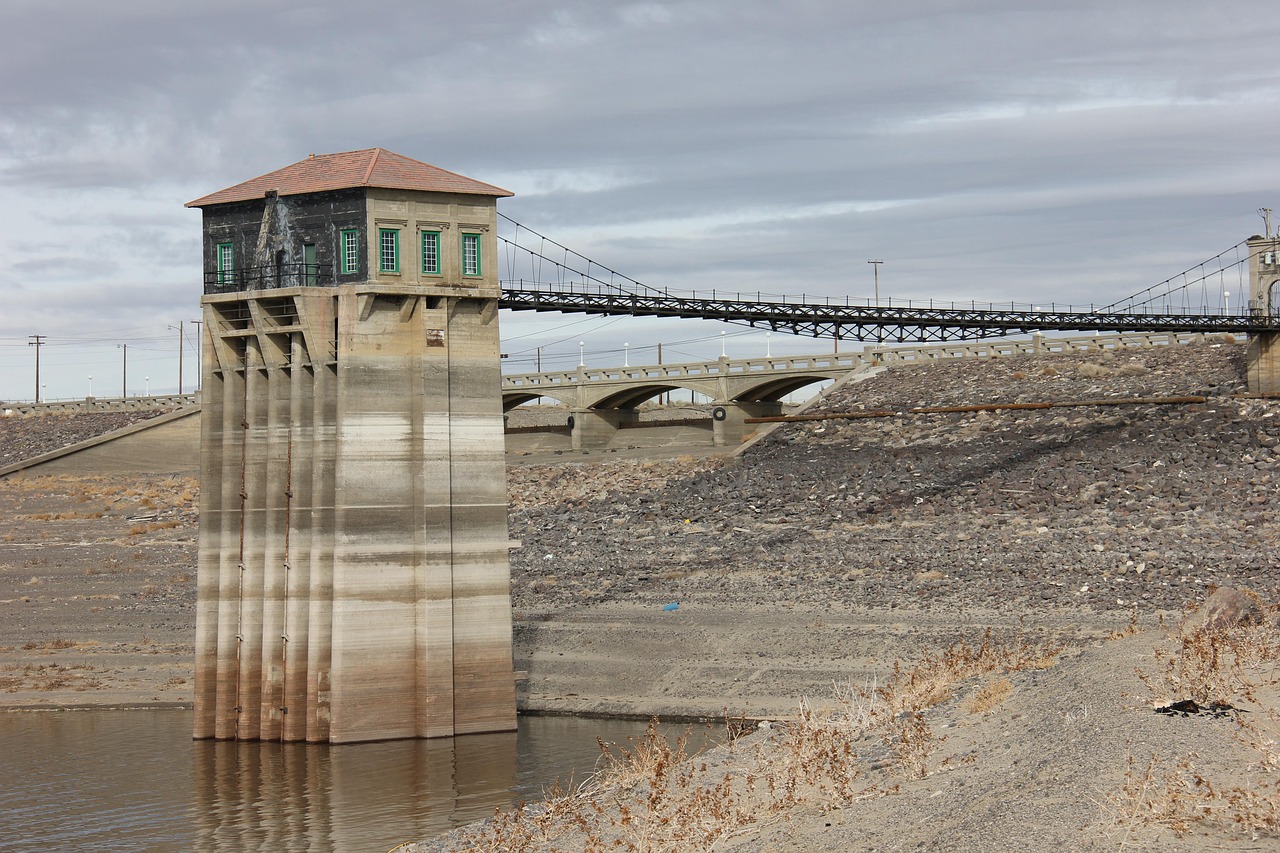
For millions of Tehran residents, the crisis is already shaping daily life. People report lengthy water cut-offs, and some families are turning to private water tankers to cover basic needs. The Latian Dam, one of the city’s main water sources, is now holding under 10% of its capacity, while the nearby Karaj Dam is in similarly alarming condition. Officials say rainfall is down by more than 90% compared with last year, leaving much of what remains in the reservoirs stagnant and classed as “dead water.”
Authorities Warn of Tougher Restrictions
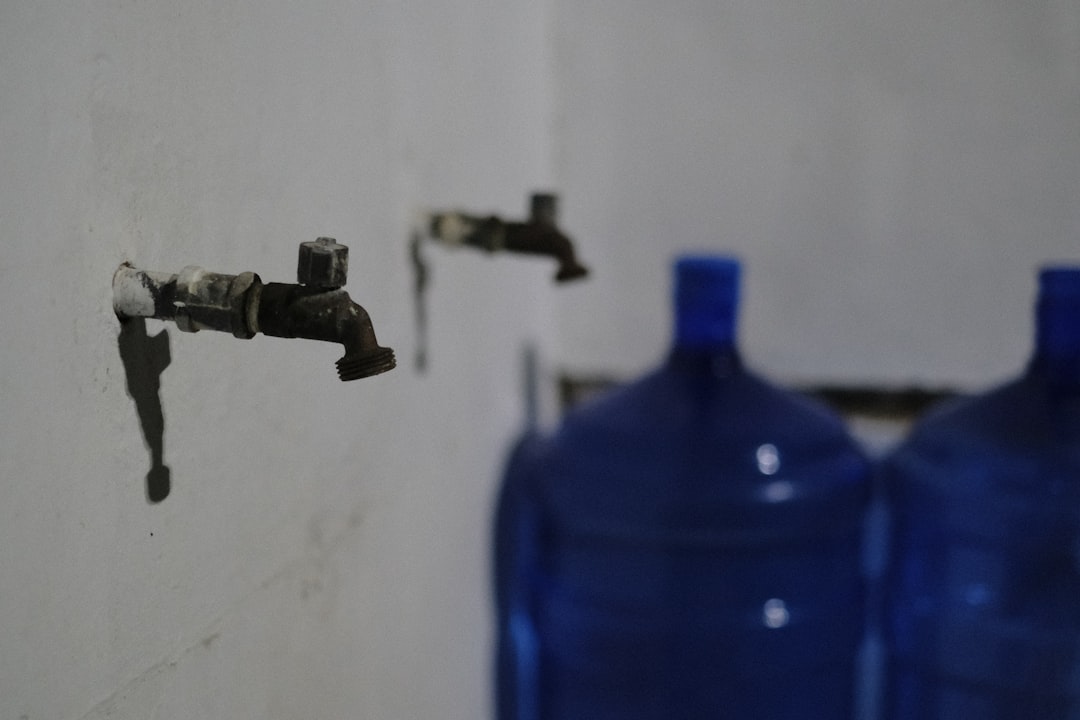
To protect dwindling reserves, Energy Minister Abbas Ali Abadi has cautioned that water could be shut off completely during night hours in some districts. The government is also preparing penalties for households and businesses that exceed their allotted usage. For now, officials are pinning their hopes on late autumn rainfall, but current forecasts indicate only a slim chance of meaningful relief.
Old Infrastructure and Conflict Add Pressure
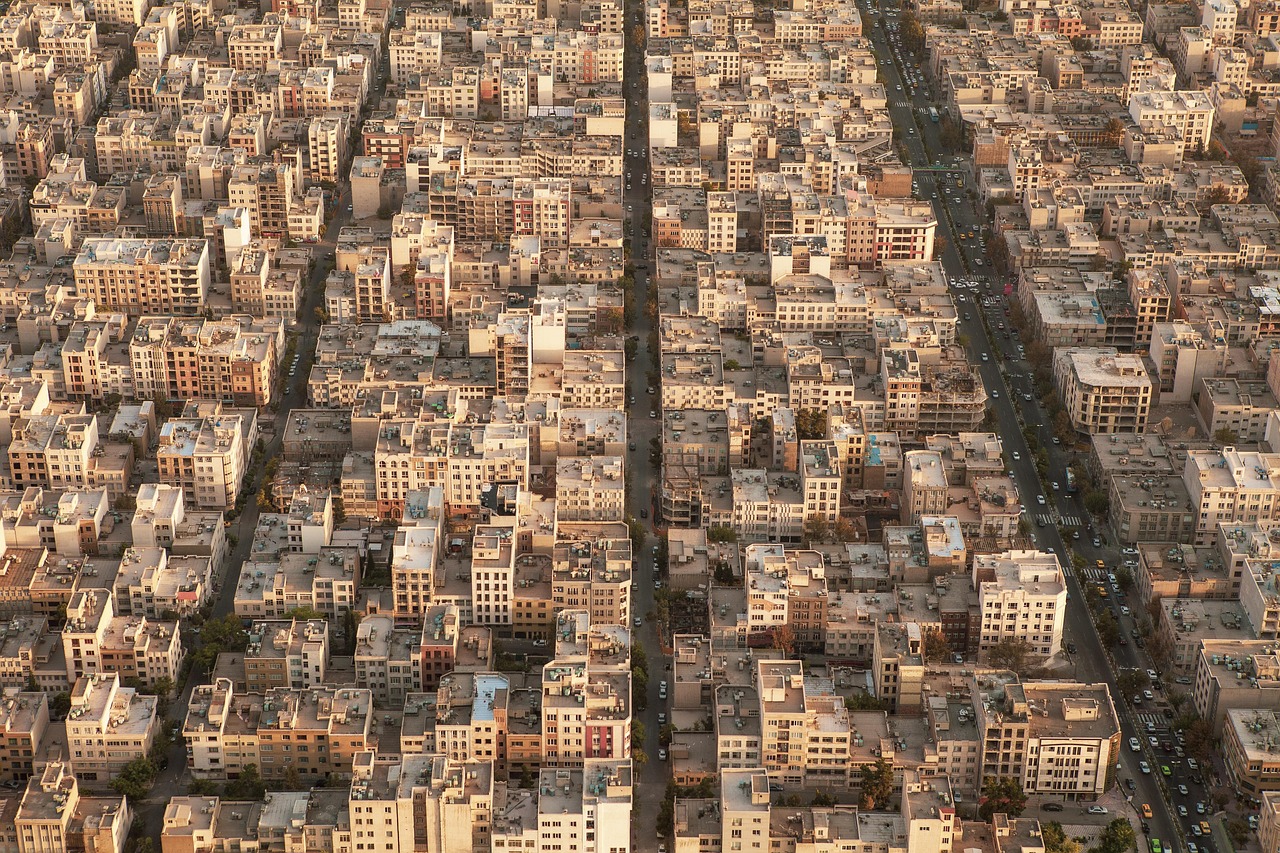
Authorities say the crisis is driven not only by drought, but by major structural weaknesses. Tehran’s water system is outdated and leaky, with parts of the network more than a century old, allowing large amounts of treated water to be lost before reaching consumers. The recent 12-day conflict with Israel has intensified the strain: airstrikes in June hit areas of northern Tehran and reportedly damaged parts of the water infrastructure. Abadi notes that the system was already vulnerable before the attacks, and the additional damage has only weakened it further.
A Nationwide Shortage, Not Just a Capital Problem
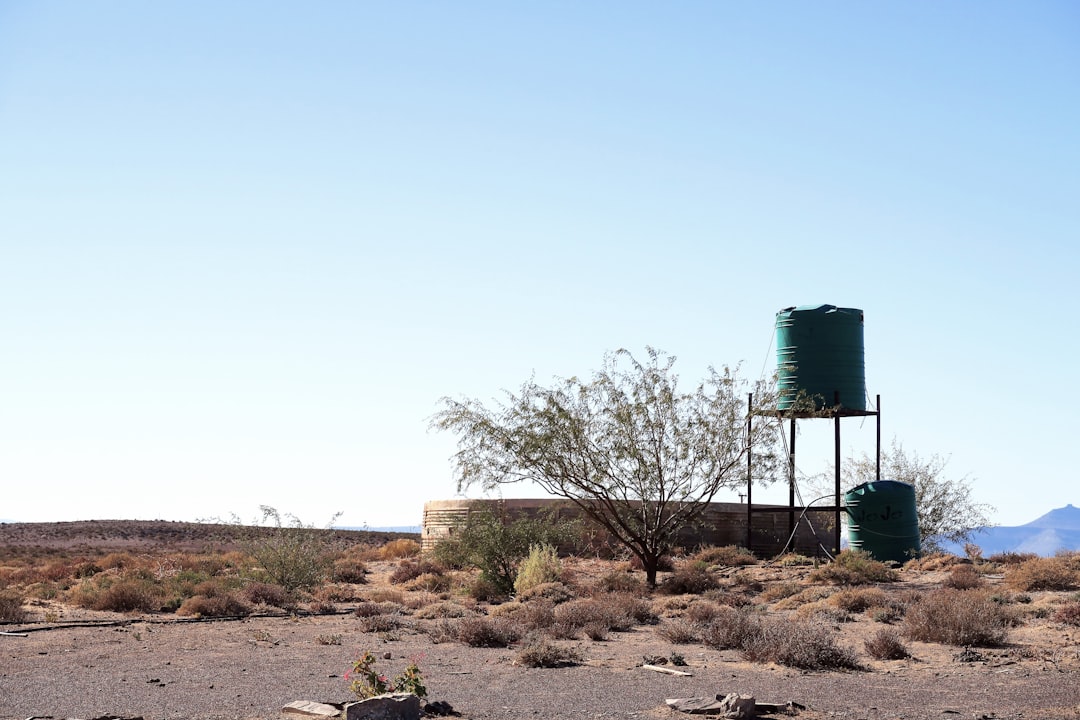
The water emergency extends far beyond Tehran. Dams in provinces such as West Azerbaijan, East Azerbaijan and Markazi are also reported to be at critically low levels. In Mashhad, Iran’s second-largest city, officials say reserves at key dams have fallen below 8%, with some nearly dry. Hossein Esmaeilian, head of Mashhad’s Water and Wastewater Company, says three of the four major dams that supply the city are now effectively out of operation.
Decades of Strain Finally Collide
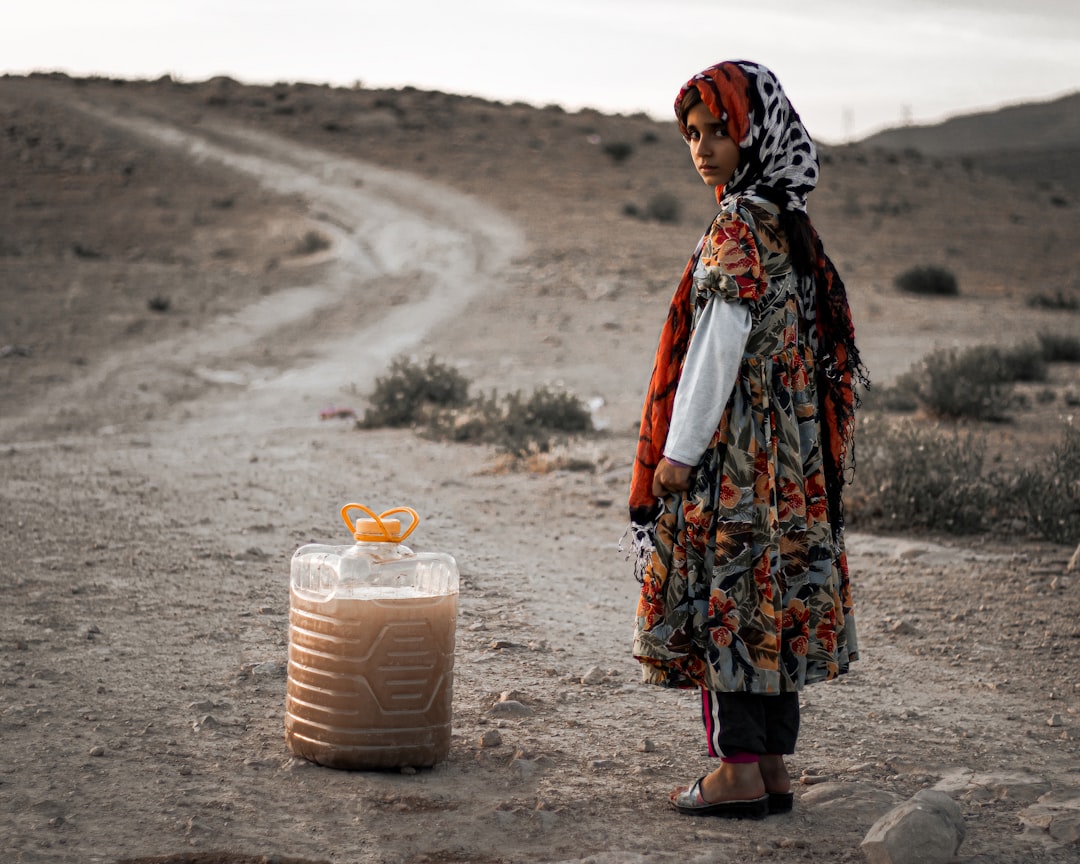
Specialists argue that Iran’s current crisis reflects decades of mismanagement, overuse of already limited water resources, and the accelerating impacts of climate change. Supreme Leader Ayatollah Ali Khamenei has repeatedly spoken about the dangers of water shortages in past speeches, but meaningful reforms have been slow. Today, more than 16 million residents in Tehran, Karaj and Mashhad face the growing prospect that their taps could eventually run dry – a development that could fundamentally reshape life in some of Iran’s largest urban centres.
